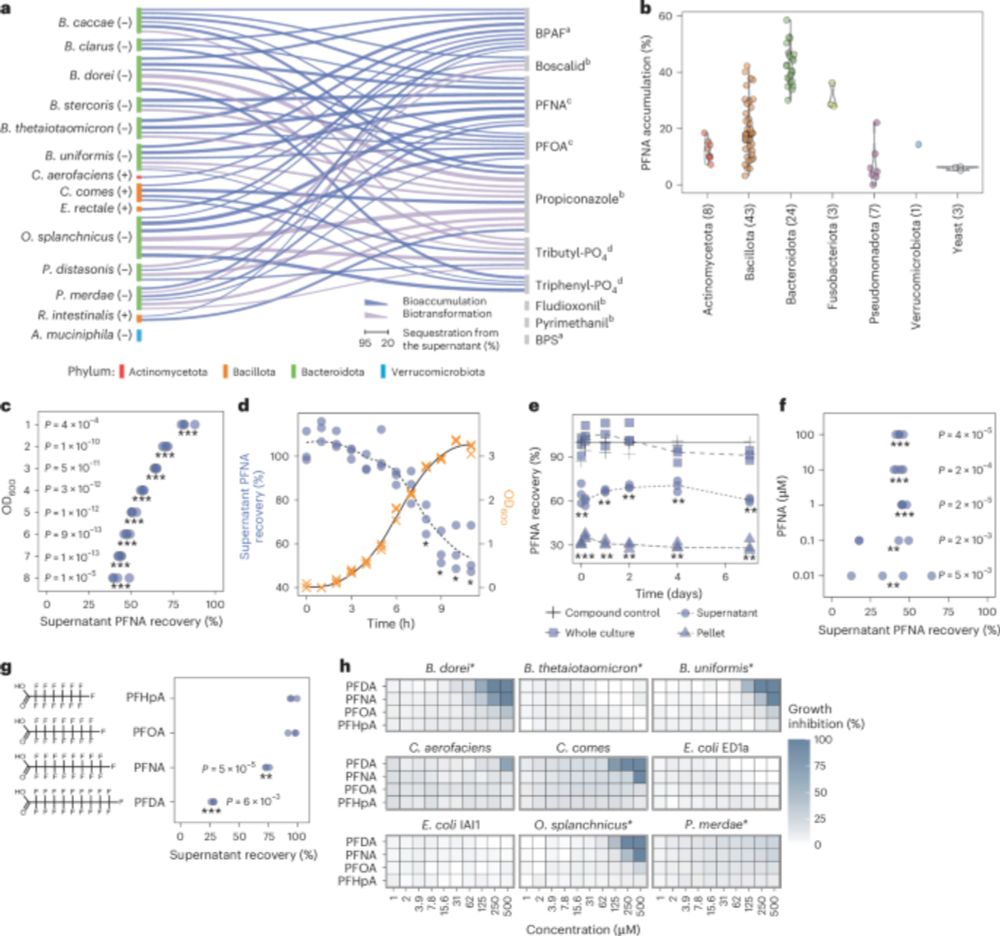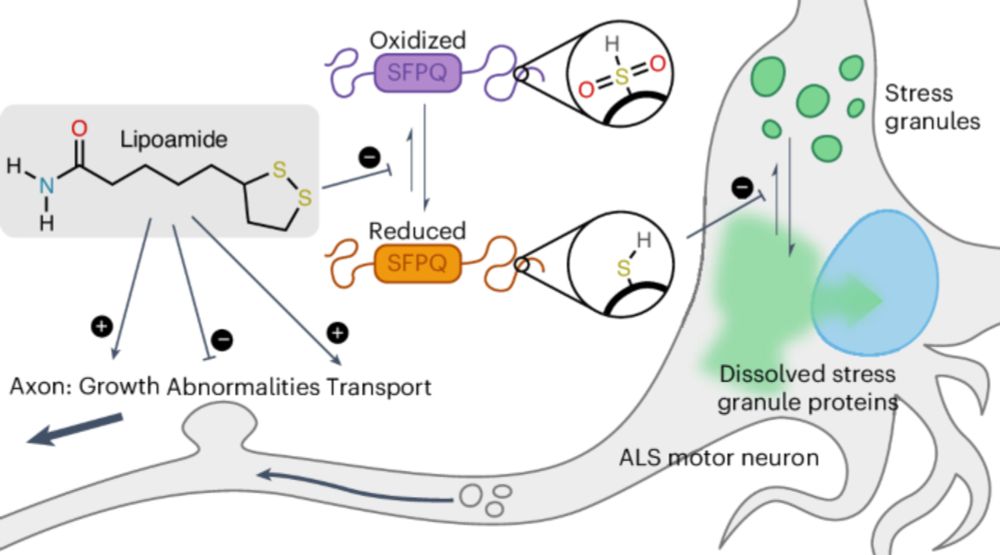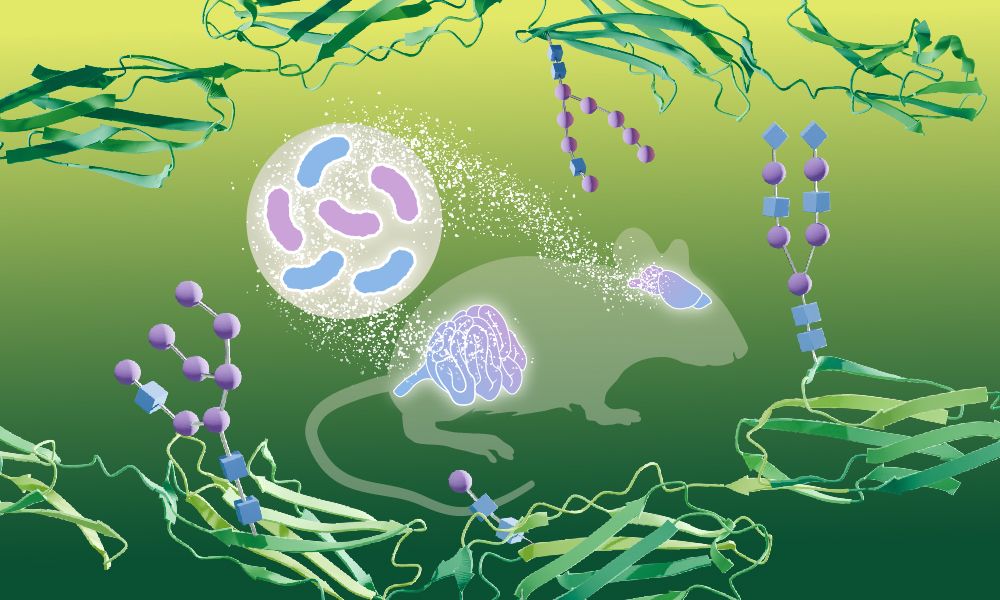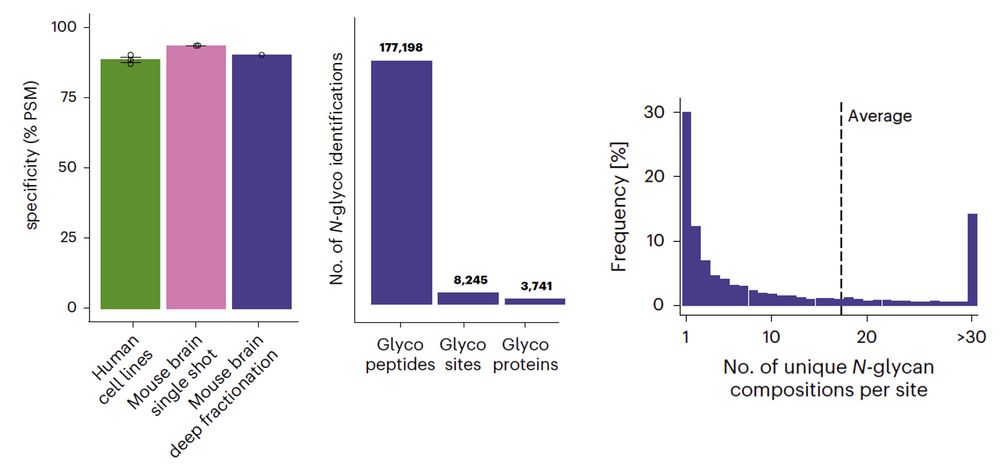
🔗 www.embl.org/news/science...

🔗 www.embl.org/news/science...




www.nature.com/articles/s41...

www.nature.com/articles/s41...
Collaboration and Tour de Force with Richard Wheeler @zephyris-science.bsky.social and many other coauthors.
Big congratulations and thank you to anyone involved!
www.nature.com/articles/s41...

Collaboration and Tour de Force with Richard Wheeler @zephyris-science.bsky.social and many other coauthors.
Big congratulations and thank you to anyone involved!
www.nature.com/articles/s41...
#Glycoproteins #Glycoforms #Glycoprofiling #DQGlyco #Glycotime
authors.elsevier.com/a/1l3k53S6Gf...


In their study, the scientists describe a new method to study glycosylation systematically & quantitatively, leading to new biological insights. 🧪🧠📈
www.embl.org/news/science...

In their study, the scientists describe a new method to study glycosylation systematically & quantitatively, leading to new biological insights. 🧪🧠📈
www.embl.org/news/science...
www.nature.com/articles/s41...

www.nature.com/articles/s41...

